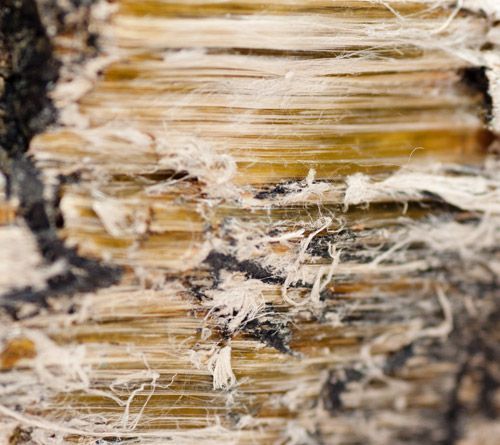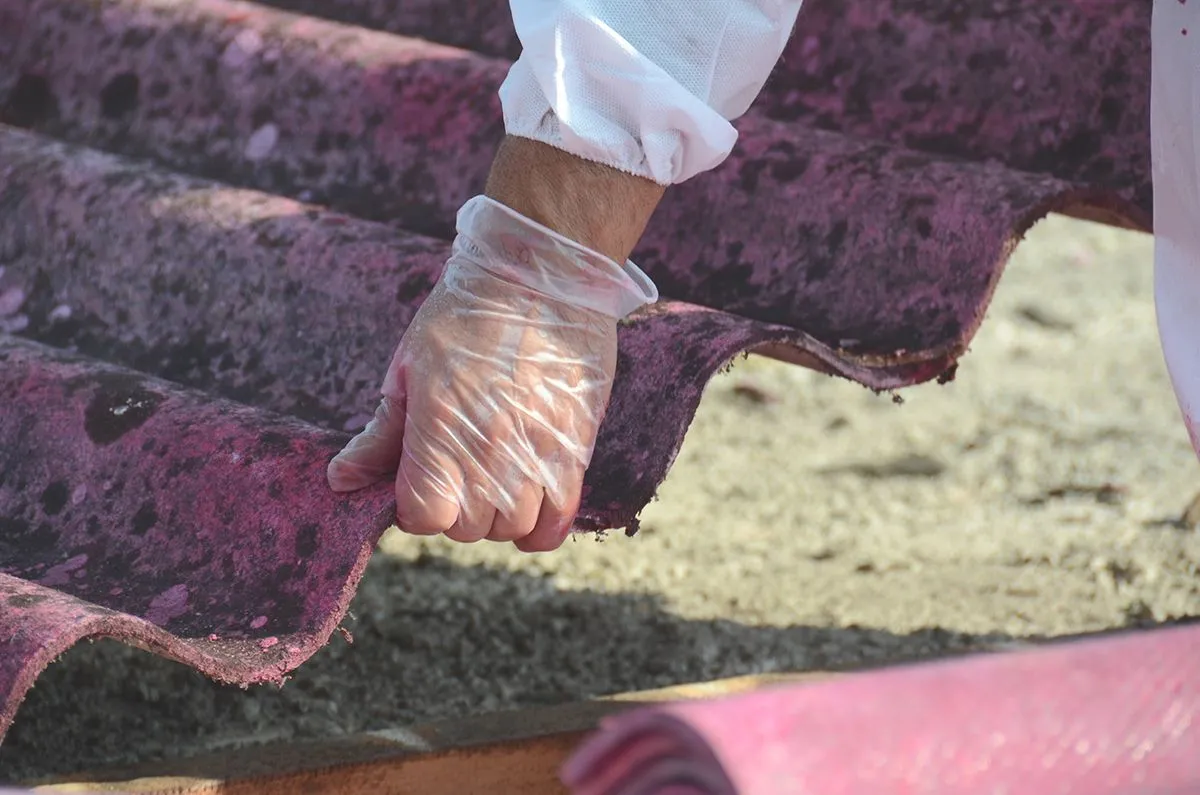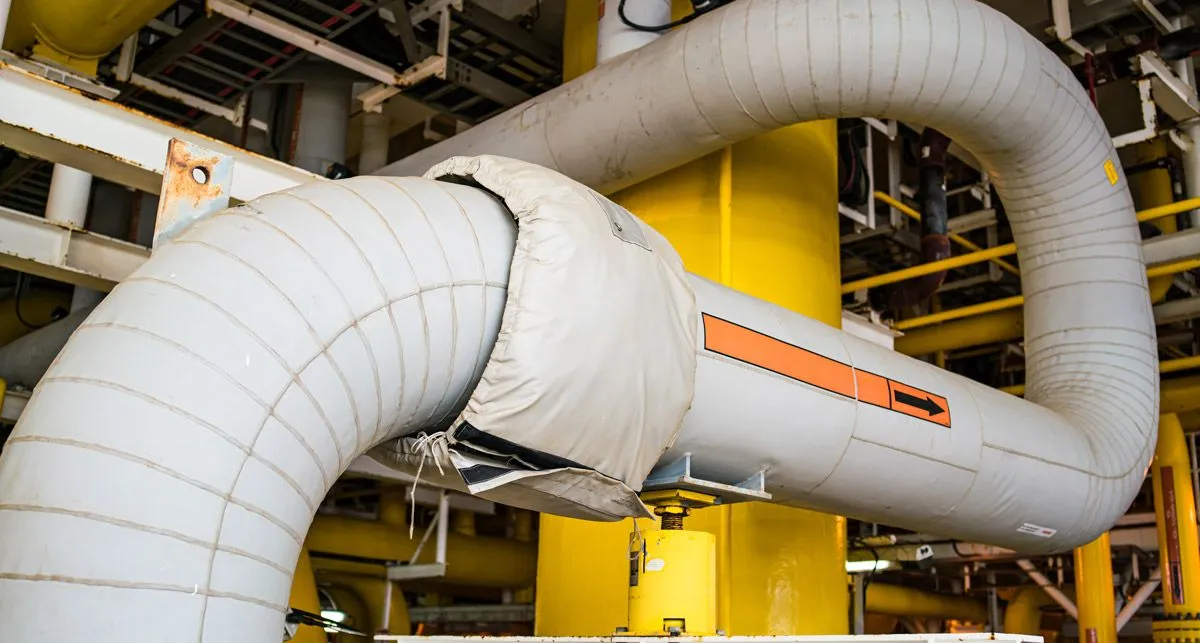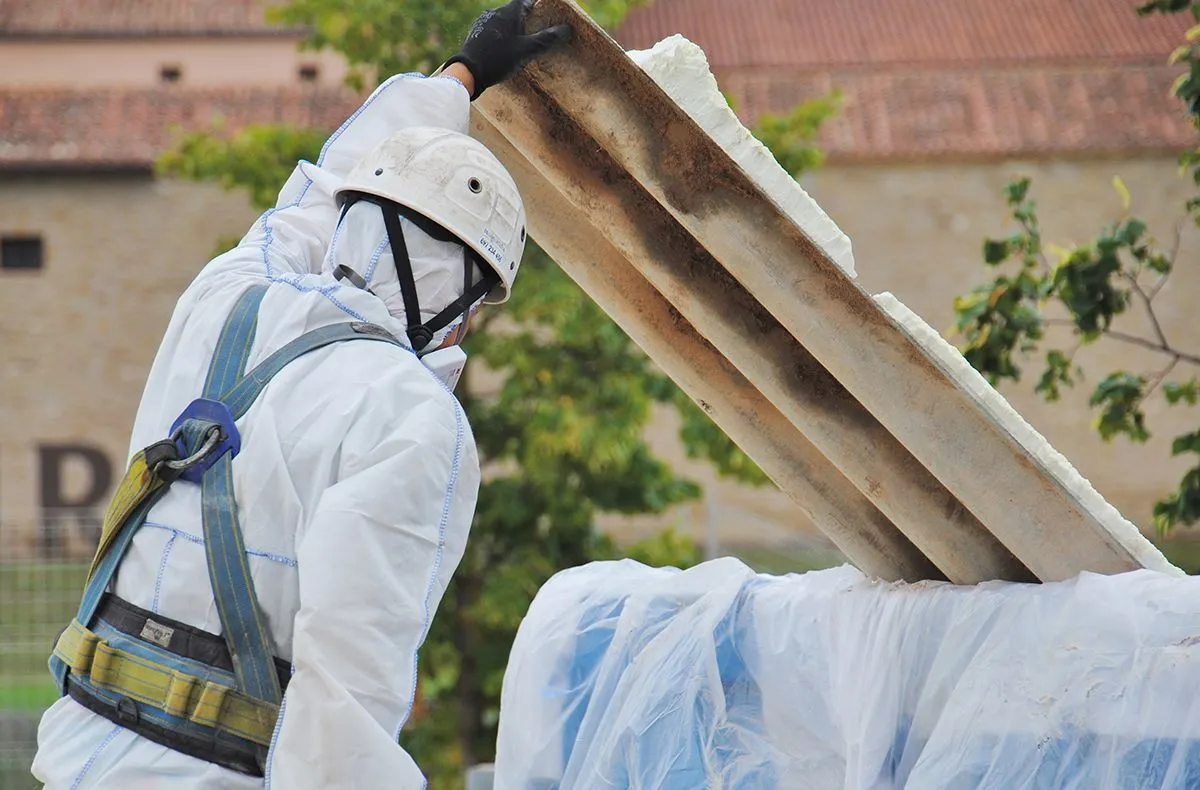Asbestos deposits develop in the earth like other naturally occurring materials, but when asbestos fibres are disturbed, soil and water can become contaminated. Due to the extent to which asbestos was used in construction and other major industries before 1999, it can be found in numerous unnatural environments, posing a risk to the planet.
But how can sustainable, responsible asbestos waste removal prevent these risks, and what exactly is the threat that asbestos poses to the planet? As specialists in Environmental Services and Asbestos Waste Management, Cordtape Environmental knows all about it.
Is asbestos harmful to the planet?
Asbestos, although a naturally occurring substance, is an environmental hazard and poses a significant threat to wildlife.
When left alone as a natural deposit, asbestos is not harmful to life, but the disruption of deposits due to human activity or shifts in the environment can easily turn it into a pollutant.
Why is asbestos harmful to the plant?
Like other environmental pollutants, asbestos disrupts the natural ecosystem of the planet.
Although very few studies have been conducted into its impact on wildlife, asbestos can and does cause respiratory issues and cancers in animals. If they live and forage for food in contaminated soil and water, then they are at greater risk of exposure than humans who inhabit the same environment.
Likewise, studies have proven that asbestos exposure disrupts germination rates and growth patterns of plants.

How does asbestos end up in the environment?
Asbestos fibres can end up in unnatural environments in a few different ways:
1. Disruption of mineral deposits: Asbestos deposits can be disturbed through activities like drilling and construction.
2. Human interference: Man made structures such as construction sites and abandoned industrial buildings will eventually deteriorate, and asbestos fibres in the building materials will mix into the soil and seep into nearby bodies of water.
3. Pipework: Asbestos can also end up in rivers, lakes, streams and the ocean through pipework.
4. Irresponsible disposal: When ACMs (asbestos containing materials) are dumped irresponsibly, in flytipping, landfill or other ways, it contaminates the surrounding environment.
How is asbestos waste disposal regulated?
The dangers of asbestos contamination are widely understood and strategies have been introduced to dispose of asbestos and manage contaminated land safely:
1. Complete ban on use
Asbestos use has been banned in the UK since 1999 due to the risk it poses to human health, but this ban aids in the prevention of contaminated land.
By disturbing less asbestos deposits and preventing its use in construction, authorities have significantly reduced the risk of harmful fibres ending up in waterways and the earth.
2. Control of asbestos Regulations 2012
The Control of Asbestos Regulations 2012 outline safe asbestos management including identifying, sampling and handling asbestos in a manner that does not pose a risk to life.
3. Land remediation
Land remediation is the process of restoring contaminated land to an acceptable condition. The regeneration of land has sustainability at the heart of its approach.
Remediation is not a strategy designed to restore land to its original state, but to progress sustainable development on contaminated land in a safe manner. Repurposing land prevents healthy environments from being destroyed to further human activity, and is highly regulated, meaning polluted materials are disposed of in accordance with regulatory guidelines instead of left to contaminate soil and waterways in a different environment.
Cordtape Environmental takes a leading role in the development of innovative solutions to the clean-up and regeneration of contaminated land, with sustainability at the heart of our approach. Our specialists are backed by the government to conduct Land Remediation to the legal standard, so that we can continue to protect the planet and human health.
For enquiries on land remediation or assessment of contaminated land, contact us today.




